

Okinawa’s Treasured Superfood
|
It is no secret that Okinawans have a longer life expectancy compared to the average global standard, and even among Japanese. One reason for this is their healthy diet, which contains a good number of superfood such as bitter melon, turmeric, and acerola. On top of this, one staple ingredient of Okinawa cuisine and confectionery is kokuto (黒糖), or brown sugar, which is processed from sugarcane. Sugarcane has grown to one of the largest agricultural crops produced in Okinawa, and you can easily find sugarcane plantations across the islands.
We can trace the origins to 1623, when the method of manufacturing kokuto was introduced to Okinawa. Gima Shinjo, one of “The Five Great Men of Okinawa”, learned about the manufacturing process in China and brought it back to Okinawa. The most common granulated sugar, or white sugar, is categorised as centrifugal sugar. As one may guess from the name, it is made by separating the sucrose crystals from the molasses with a centrifuge. The brown sugar we usually see is made by adding molasses back to this refined white sugar. On the other hand, Okinawa brown sugar is categorised as non-centrifugal sugar, which is made by boiling the juice extracted from the sugarcane, and solidifying it without separating the molasses. The best season for producing kokuto is January to March. The harvested sugarcane is compressed by a machine, which results in about 75% sugarcane juice and 25% bagasse. Bagasse is the fibrous residue and by-product that can be used as biofuel. The juice is boiled for many hours at consecutively high temperatures to evaporate the water and further purify the final product. Impurities are also removed, which can be used as fertiliser. After this, the dark viscous liquid is poured into metal trays for cooling, and cut into bite-sized chunks once it naturally hardens. No additives or coagulating agents are added throughout the entire process. Due to this slow and laborious process, kokuto retains a distinct subtle sweet flavour mixed with saltiness, bitterness and acidity. The flavour and texture of the end product is dependent on numerous factors, ranging from the weather and sugarcane breed, to the heat and air added during the boiling process. However, freshly made kokuto should have a strong grassy taste that disappears after a few weeks. Kokuto can be classified into five grades, and since 1975 the Okinawa Prefecture Brown Sugar Industry Council only recognises authentic, high-quality brown sugar. This is because some companies took advantage of the rising popularity of kokuto, and used cheap unrefined brown sugar or added extra chemicals and caramel to a blend of white and brown sugar instead. Okinawa brown sugar has multiple benefits as it preserves much of the sugarcane’s natural nutrients. As such, it is rich in calcium, potassium, iron and other vitamins and minerals. In fact, it contains much more iron than spinach! Research has also shown that it prevents tooth decay, relieves stress, and lowers cholesterol and neutral fat levels. It is no wonder that kokuto is seen as more than just a sweetener. It is also a treasured alkaline health food with preventive medicinal qualities. One may snack on bite-sized chunks of kokuto as it is, or use it while cooking other dishes. For instance, the popular Okinawa dish rafute, is braised pork belly simmered in soy sauce and kokuto. Another example is Sata Andagi, a traditional deep-fried Okinawan sweet that frequently uses kokuto. It also spread to the rest of Japan, and for example, was further refined into kuromitsu (黒蜜). This sugar syrup is now commonly used in Japanese desserts such as kuzumochi (葛餅) and anmitsu (あんみつ). The popularity of kokuto is not limited to Japan. Even in Singapore, we see it added to various items such as bubble tea and ice cream. For almost 400 years, people have enjoyed the unique taste of kokuto and benefited from its health properties. If you have yet to try Okinawa brown sugar, why not give it a go? |
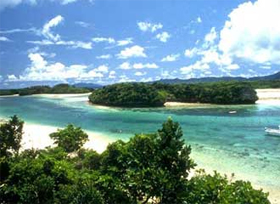 © OCVB 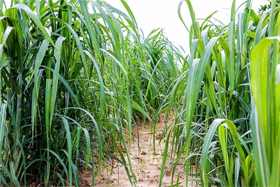 © Raina Ong 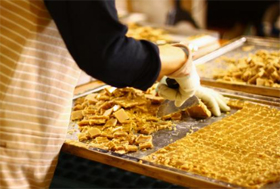 © photo AC 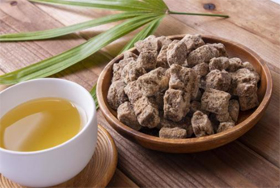 © photo AC 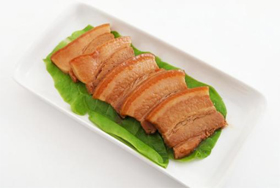 © photo AC 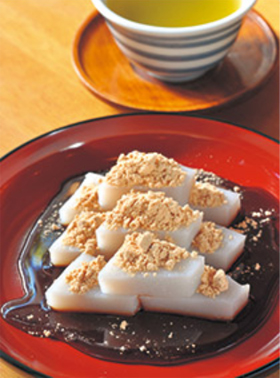 © Ito Chiharu |
Resources
|
“The Secret of Okinawan Longevity”. 2022. Visit Okinawa Japan. Accessed April 18. https://visitokinawajapan.com/discover/food-and-longevity/okinawan-longevity/. Kahan, Kim. 2021. “Kokuto: The Amazing Okinawa Black Sugar”. Tokyo Treat. https://tokyotreat.com/blog/kokuto-the-amazing-okinawa-black-sugar. Wilson, Jenna. 2021. “Kokuto: Okinawan Dark Brown Sugar is a Classic Island Treat”. Sakuraco. https://sakura.co/blog/kokuto-okinawan-sugar/. Shimbo, Hiroko. 2008. “Brown Sugar from Okinawa, A Little-Known Building Block of Japanese Savory Cooking”. The Art of Eating. https://artofeating.com/brown-sugar-from-okinawa/. “The unknown “Okinawan Souvenir” ~Okinawa Brown Sugar recommended by AEON”. 2022. AEON. Accessed April 18. https://world.aeon-ryukyu.jp/en/magazine/1593/?magazine_color=groceries. “Kokuto (Brown Sugar) Factory”. 2012. Okinawa Kokuto. Accessed April 18. http://www.okinawa-kokuto.co.jp/images/pdf/eng.pdf. |
|
Japan Creative Centre 4 Nassim Road, Singapore 258372 +65 6737 0434 / jcc@sn.mofa.go.jp https://www.sg.emb-japan.go.jp/JCC/ Nearest parking at Orchard Hotel & Delphi Orchard |
 |